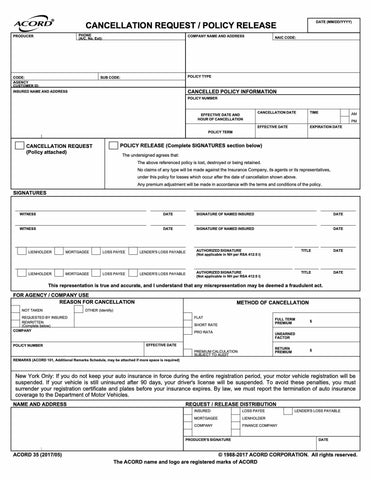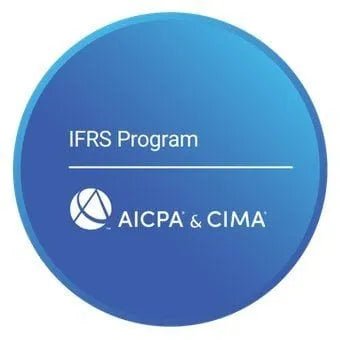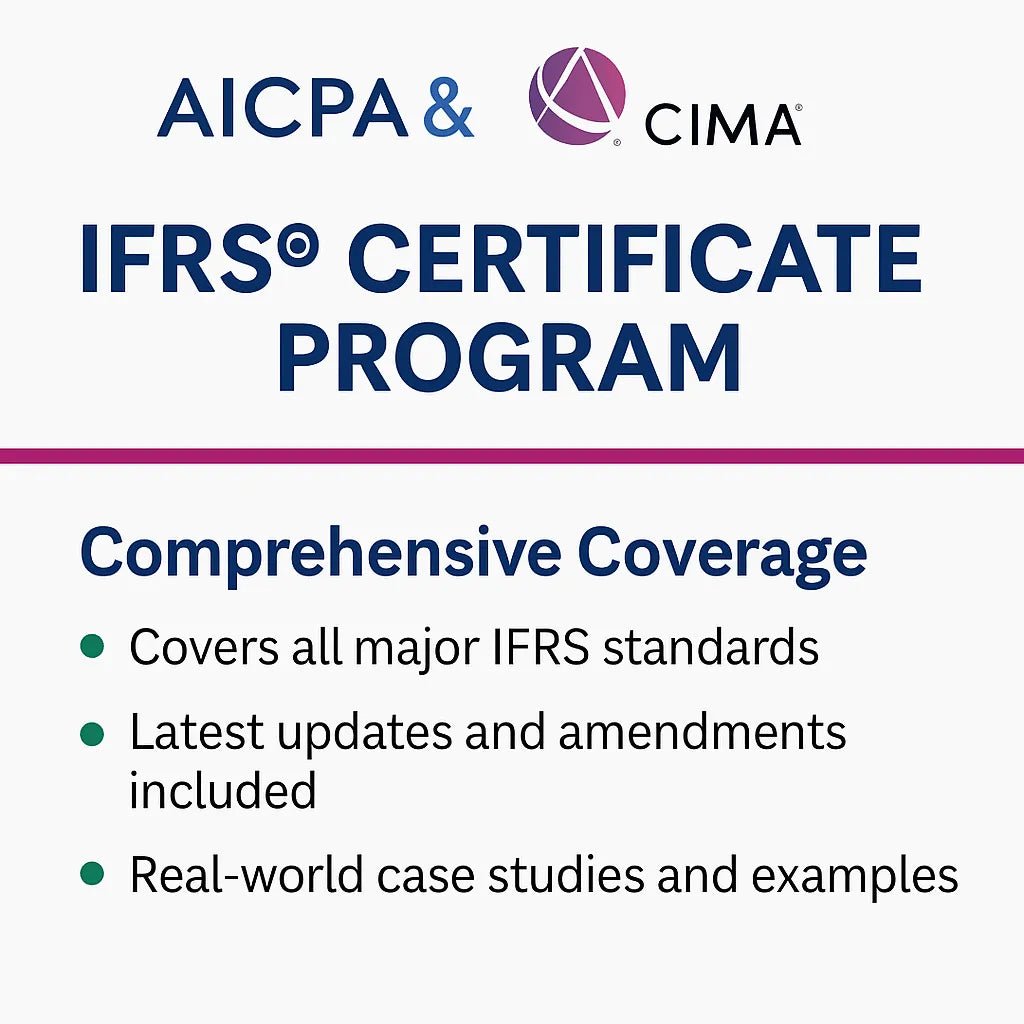ACORD cancellation form. How to fill form 35 with examples
ACORD Cancellation form. Your document guide
ACORD Cancellation Form plays a crucial role in the insurance cancellation process. It is the standard document insurance companies use to terminate a policy officially. Completing this form correctly is essential to avoid delays or issues with the cancellation. In this guide, we will explore the ACORD Cancellation Form, how to fill it out, and the key details you need to know to ensure the process goes smoothly.
What is the ACORD Cancellation Form?
The ACORD Cancellation Form, officially known as ACORD 35, is a standardized insurance form used to notify an insurer, policyholder, or other parties about canceling an insurance policy. ACORD, which stands for Association for Cooperative Operations Research and Development, is a widely recognized organization in the insurance industry that develops standardized forms and processes to streamline communication.
This form ensures consistency and accuracy when canceling insurance policies, making it easier for all parties involved to understand the cancellation details. Whether the policyholder, agent, or insurer initiates the cancellation, the ACORD Cancellation Form documents the process and provides transparency.
Why Is the ACORD Cancellation Form Important?
The ACORD Cancellation Form is essential for maintaining proper documentation during the cancellation of an insurance policy. Its importance can be broken down into the following key reasons:
1. Standardization
- ACORD forms are universally recognized in the insurance industry, ensuring that the format and terminology are consistent across insurers.
- This eliminates confusion and simplifies communication for policyholders, agents, and insurers.
2. Legal and Regulatory Compliance
- Many jurisdictions and insurance providers require formal documentation for policy cancellations.
- ACORD 35 helps ensure compliance by providing a written record of the cancellation request and meeting legal and regulatory standards.
3. Avoiding Miscommunication
- The form outlines all necessary details of the cancellation, such as the policy number, cancellation date, and reason for cancellation.
- This reduces misunderstandings and errors, ensuring all parties are on the same page.
4. Protection for All Parties
- For policyholders: Provides proof of cancellation to avoid being charged for coverage they no longer need.
- For insurers: Acts as documentation in case of disputes or misunderstandings regarding the cancellation.
Also read how to write an effective insurance cancellation letter
How to fill out acord cancellation form

- Agency Name and Address: At the top of the form, fill in the name and address of the insurance agency handling the cancellation.
- Insurer: Enter the insurer's name from whom the insurance policy is being canceled.
- NAIC Code: The National Association of Insurance Commissioners (NAIC) code for the insurer should be included if known. This code is unique to each insurance company and can usually be found on your policy documents. The NAICS code for ACCORD is 624190
- Insured: Fill in the name and address of the policyholder whose policy is being cancelled.
- Policy Number: Enter the policy number as it appears on the insurance policy documents.
- Effective Date of Cancellation: Specify the date the cancellation should be adequate. Make sure this date is in agreement with any required notice periods and the terms of the policy.
- Cancellation Method: Check the appropriate box to indicate whether the cancellation is requested by the insured or initiated by the insurer.
- Reason for Cancellation: Provide a clear and concise reason for the cancellation. This might be due to non-payment of premium, change in risk profile, or policyholder's request for cancellation, among other reasons.
- Authorized Signature: The form must be signed by an authorized representative of the insurance agency or the insured, depending on who is initiating the cancellation. The signature certifies that all information provided is accurate and that the requisite notice period has been observed.
- Date: Include the date on which the form is signed.
- Witness: If required, a witness may need to sign the form to validate the cancellation.
Additional details to consider while filling out the cancellation form
Beyond the primary entries and the reason for cancellation, filling out an ACORD cancellation form typically requires attention to a few additional details to ensure completeness and compliance. Here are further considerations:
- Date Notice Given: Depending on the policy and state regulations, you need to specify when the notice of cancellation was provided to the insured or insurer to comply with legal requirements about notification periods.
- Premium Due/Return Premium: Indicate if there is an outstanding premium due from the insured or a return premium owed to the insured. This is important for financial reconciliation and clarity between the insurer and the insured.
- Policy Type: Specify the type of insurance policy being cancelled (e.g., commercial property, auto, liability). This helps in processing the cancellation correctly within the insurer's systems.
- Agent Contact Information: Provide contact information for the agent or broker handling the cancellation. This can include a phone number, email address, and any relevant agent identification number.
- Document Submission: Depending on the insurer’s procedures, additional documents might be required to process the cancellation, such as written consent from the insured or proof of new insurance coverage.
- Verification of Coverage: If the policy is being replaced by another policy, details of the new insurance policy (insurer, policy number, effective dates) should be included to ensure there is no lapse in coverage.
- Instructions for Future Communications: Specify how the insured wishes to receive any final documents or communications (e.g., email, postal mail).
- Cancellation Fee: If applicable, note any cancellation fee the insurer charges. This fee can vary depending on the timing of the cancellation and the type of policy.
- Copy Distribution: Indicate where copies of the cancellation notice should be sent, which could include the insured, the mortgagee, or other interested parties.
- Compliance Check: Ensure all entries comply with state insurance laws and regulations regarding policy cancellations, which vary widely.
Examples of Reasons of cancellation for ACORD form
Here are ten examples of reasons you might write in the "Reason for Cancellation" section on an ACORD cancellation form:
- Non-payment of Premiums: The insured must make the required premium payments stipulated in the policy terms.
- Policyholder Request: The insured has requested cancellation of the policy voluntarily, possibly due to no longer needing the coverage.
- Sale of Insured Property: The property or vehicle covered by the policy has been sold, and coverage is no longer required.
- Change in Risk Profile: Changes in the insured's situation or the risk profile make the existing policy unsuitable or unnecessary.
- Replacement of Policy: The insured has obtained alternative or more suitable coverage elsewhere.
- Business Closure: The business covered by the policy has ceased operations permanently.
- Risk Reduction Measures: Risk improvements or changes at the insured's property reduce the need for the current level of coverage.
- Non-renewal by Insurer: The insurer has decided not to renew the policy based on a review of the risk or other underwriting criteria.
- Regulatory Changes: Changes in legal or regulatory requirements render the existing insurance coverage inadequate or excessive.
- Dispute Over Claims Handling or Service Issues: Dissatisfaction with the insurer's service, mainly how claims have been handled, prompts a cancellation.
Cancel Progressive Insurance Hassle-Free: Get Email & Talking Point Templates to Make It Easy!
What Happens After Submitting the ACORD Cancellation Form?
After submitting an ACORD Cancellation Form, several key actions typically follow to ensure the policy is properly terminated and all parties are informed:
- Review by Insurance Company: The insurer checks the ACORD Form 35 for completeness, ensuring all details, such as the cancellation reason and effective date, are correct.
- Processing the Cancellation: The insurer updates records to reflect the policy termination based on the information provided in the ACORD Cancellation Form.
- Notification: The policyholder and insurance agent receive confirmation of the cancellation, including the effective date, as proof that the policy has been terminated.
- Refund (If Applicable): The insurer calculates and issues a refund for any unused premium according to the cancellation date on the ACORD Form 35.
- Post-Cancellation Obligations: Policyholders should arrange alternative coverage if needed, as the ACORD Cancellation Form confirms the end of their current policy.
Download the ACORD 35 Cancellation form as a pdf here
Pls download and print the same. Link to download form 35
Closing comments
Each field should be completed carefully to ensure the policy cancellation's accuracy and legality. Always double-check with the insurer's specific requirements and any relevant regulations to avoid issues. If you need more details, it's advisable to contact the insurance company or consult with a legal advisor. This will help prevent potential misunderstandings or legal complications.
It is essential to review the completed form for accuracy and ensure all necessary information is included. The process may vary slightly depending on the insurance company's specific requirements or state regulations. Always check with your insurer or legal advisor if you need clarification on completing the form.
Links to other ACORD forms
2 comments
FAQs
ACCA blogs
Follow these links to help you prepare for the ACCA exams
IFRS blogs
Follow these blogs to stay updated on IFRS
Formats
Use these formats for day to day operations
- Account closure format
- Insurance claim letter format
- Transfer certification application format
- Resignation acceptance letter format
- School leaving certificate format
- Letter of experience insurance
- Insurance cancellation letter format
- format for Thank you email after an interview
- application for teaching job
- ACCA PER examples
- Leave application for office
- Marketing manager cover letter
- Nursing job cover letter
- Leave letter to class teacher
- leave letter in hindi for fever
- Leave letter for stomach pain
- Leave application in hindi
- Relieving letter format
Interview questions
Link for blogs for various interview questions with answers
- Strategic interview questions
- Accounts payable interview questions
- IFRS interview questions
- CA Articleship interview questions
- AML and KYC interview questions
- Accounts receivable interview questions
- GST interview questions
- ESG Interview questions
- IFRS 17 interview questions
- Concentric Advisors interview questions
- Questions to ask at the end of an interview
- Business Analyst interview questions
- Interview outfits for women
- Why should we hire you question
leave application format
- Leave application for office
- Leave application for school
- Leave application for sick leave
- Leave application for marriage
- leave application for personal reasons
- Maternity leave application
- Leave application for sister marriage
- Casual leave application
- Leave application for 2 days
- Leave application for urgent work
- Application for sick leave to school
- One day leave application
- Half day leave application
- Leave application for fever
- Privilege leave
- Leave letter to school due to stomach pain
- How to write leave letter
Insurance blogs
- Sample letter of appeal for reconsideration of insurance claims
- How to increase insurance agent productivity
- UAE unemployment insurance
- Insurance cancellation letter
- Insurance claim letter format
- Insured closing letter formats
- ACORD cancellation form
- Provision for insurance claim
- Cricket insurance claim
- Insurance to protect lawsuits for business owners
- Certificate holder insurance
- does homeowners insurance cover mold
- sample letter asking for homeowner right to repair for insurance
- Does homeowners insurance cover roof leaks













Admission cancel 11th class
Clearly, many thanks for the help in this question.
Leave a comment